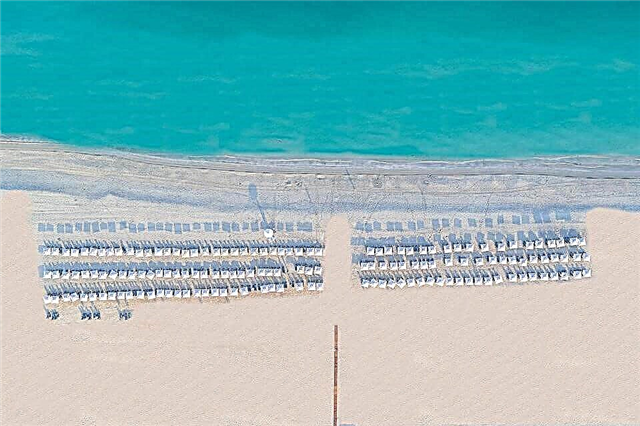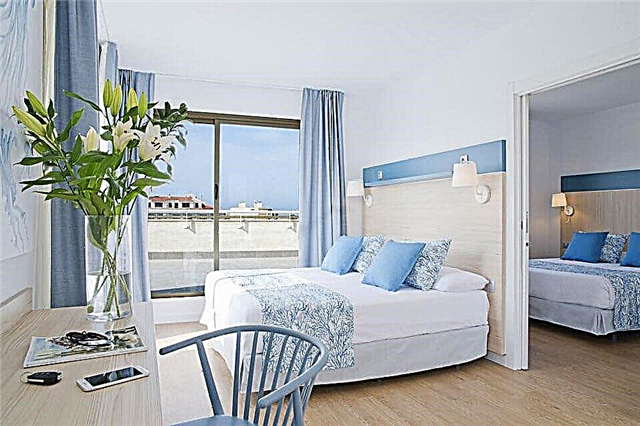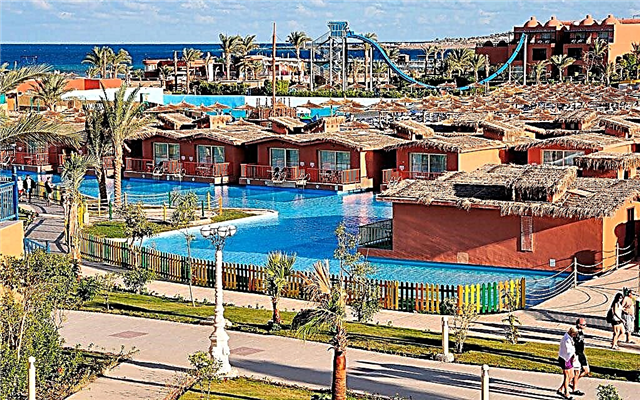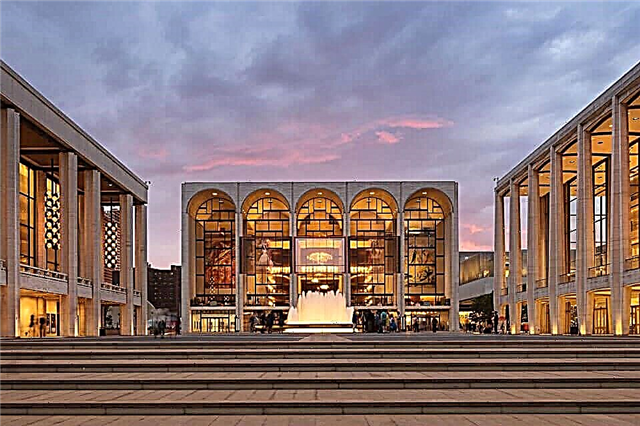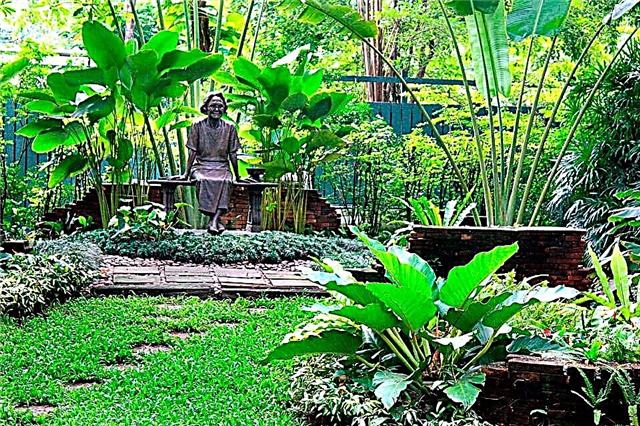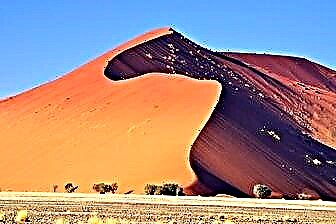In the recent past, Namibia has experienced difficult events - the seizure of the colonialists and the apartheid regime, the war of independence and the extermination of indigenous tribes. This is one of the richest countries in West Africa with resources, there are diamond mines, deposits of copper, gold, uranium. Tourism in Namibia is still poorly developed. People come here for wild African exoticism, unearthly landscapes of the Namib and Kalahari deserts, the beauty and variety of the Namib-Naukluft and Etosha national parks.
The most famous tourist spots in Namibia are Sandwich Harbor, Sossusflei, Skeleton Coast. Here travelers are offered photo safari trips, excursions to reserves, flights over the desert by airplanes, helicopters and hang gliders. In some border areas of the country, access is possible only in large groups accompanied by an armed convoy due to the turbulent situation.
A trip to Namibia cannot be called completely safe, but the authorities are working to attract foreigners, new hotels are being built, and infrastructure is improving. The country expects to actively develop the direction of beach tourism, as it has a long and picturesque coastline.

Popular hotels at affordable prices.
from 500 rubles / day
What to see in Namibia?
The most interesting and beautiful places, photos and a short description.
Swakopmund town
A resort town on the Atlantic coast, where the leadership of Namibia likes to come on vacation. The architecture is clearly influenced by the German colonialists, so the town looks like a cozy European province. There are also healing mineral springs, which makes Swakopmund a balneological resort.

Kolmanskop ghost town
Once a thriving city of diamond miners in the Namib Desert. At the beginning of the 20th century, there was a lively settlement with beautiful European-style houses, a school, a hospital and a swimming pool. But the discovery of other, richer deposits forced residents to leave the city. Gradually, the sands brought in all the buildings. Now the territory has been turned into a museum.

Namib Desert
The oldest desert on the planet, it has existed since the days of the dinosaurs. This area is also called the "desert of fogs" because of the constantly swirling water vapor above the surface. Here plants grow that can live for 1000 years and do without moisture for decades, and the amazing Himba tribe lives, living according to primitive laws.

Sossusflei plateau
Located in the Namib Desert. The area is popular with tourists for its high scenic red sand dunes. The best time to look is at dusk or dawn, when the landscape is painted in scarlet and crimson colors, and the area becomes like the surface of some distant planet.

Rock carvings in the Twifelfontein Valley
These images appeared during the Neolithic period. For centuries, the valley has been inhabited by tribes engaged in gathering and hunting; they left behind a large number of drawings. The oldest of them are more than 5 thousand years old, the newest is about 500 years old. The pictures mostly depict various African animals.

Etosha National Park
A large nature reserve in the north of the country at the edge of the Kalahari Desert. It is home to 140 species of birds, 114 species of animals and 112 species of reptiles. Many of them are rare and endangered. Here you can see lions, elephants, giraffes, rhinos and antelopes. At the beginning of the 20th century, the reserve was the largest in the world, but lost 75% of its territory due to political conflicts.

Skeleton Coast
The coastal area from the Ugab River to the Kunene River is about 500 kilometers long. The remains of dozens of wrecked ships are buried here. Some of the debris was carried almost a kilometer inland due to winds and the movement of sands. Almost all crew members died due to the inability to reach settlements.

Waterberg National Park
It is located on a rocky plateau 300 km away. from the capital of the country. Due to its subtropical climate, it is covered with lush green vegetation. At the foot of the plateau, the typical African arid savanna prevails; on the hills, forests and shrubs with rare representatives of the local flora grow.

Spitzkoppe
A granite rock more than 100 million years old, around which the reserve of the same name is located. This peak is often visited by climbers, although it is not the highest in the region. At the foot of the cliff, you can see many Bushman drawings, zebras, antelopes and gazelles roam around.

Fish River Canyon
The largest canyon in Africa, second only in size to the American Grand Canyon. It reaches 160 km in length, 28 km in width, the depth of the depression is about 500 m. Here you can admire the basalt rocks, thickets of aloe, thermal springs. Observation platforms are equipped for tourists.

Duvisib castle
The building was built by a German baron for his wife. Local red sandstone was used as a material, interior items and decorations were delivered by ships from Germany. Now there is a museum there, where luxury items, paintings and weapon collections are collected.

Cape Cross
A nature reserve where seals live in large numbers. Through the rookery of these funny animals, wooden passages have been built, along which tourists walk and viewing platforms are organized. The locals started selling souvenirs and various trinkets. Excursions from Swakopmund are regularly organized to the Cape.



